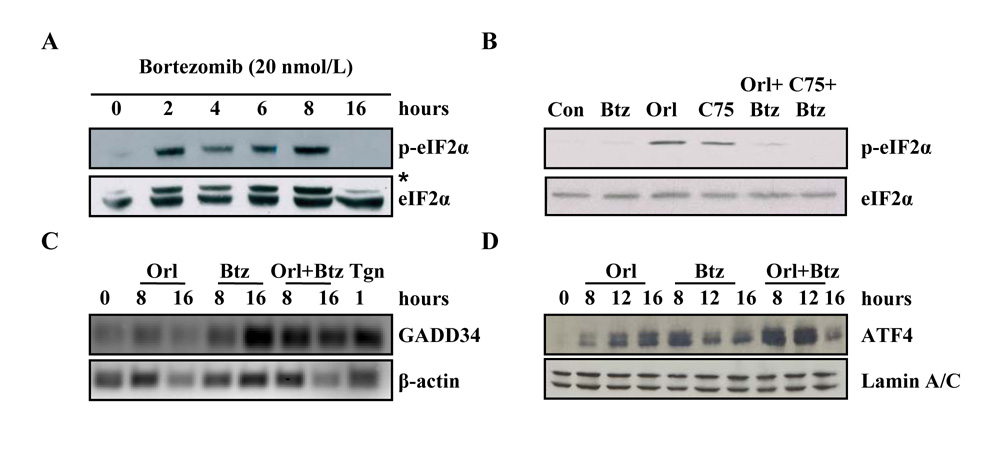Figure 3. Bortezomib and FASN inhibitors combine to saturate the PERK arm of UPR adaptation signaling.
A, PC-3 cells were treated with vehicle (DMSO) or 20 nmol/L bortezomib for the indicated times. Samples were resolved by SDS-PAGE, transferred to PVDF and the membrane was probed with antibodies specific for phospho-eIF2α and total eIF2α. B, PC-3 cells were treated with vehicle, bortezomib (5 nmol/L), orlistat (25 µmol/L), C75 (10 µg/ml), or the combination of bortezomib and orlistat or bortezomib and C75 for 16 hours and samples were subjected to immunoblot analysis and probed with antibodies specific for phosphor-eIF2α and total eIF2α. Asterisk denotes higher molecular weight nonspecific band. C, PC-3 cells were treated with vehicle, orlistat (25 µmol/L), bortezomib (20 nmol/L), or the combination of bortezomib and orlistat for the indicated times. Total RNA was collected and semi-quantitative RT-PCR was performed using primers specific for GADD34 and β-actin. D, PC-3 cells were treated with vehicle, orlistat (25 µmol/L), bortezomib (5 nmol/L), or the combination of bortezomib and orlistat. Nuclear fractions were isolated and prepared for immunoblot analysis and probed with antibodies specific for ATF4 and Lamin A/C. Images represent cropped immunoblots. Full length scans available in supplementary data figure 3.

